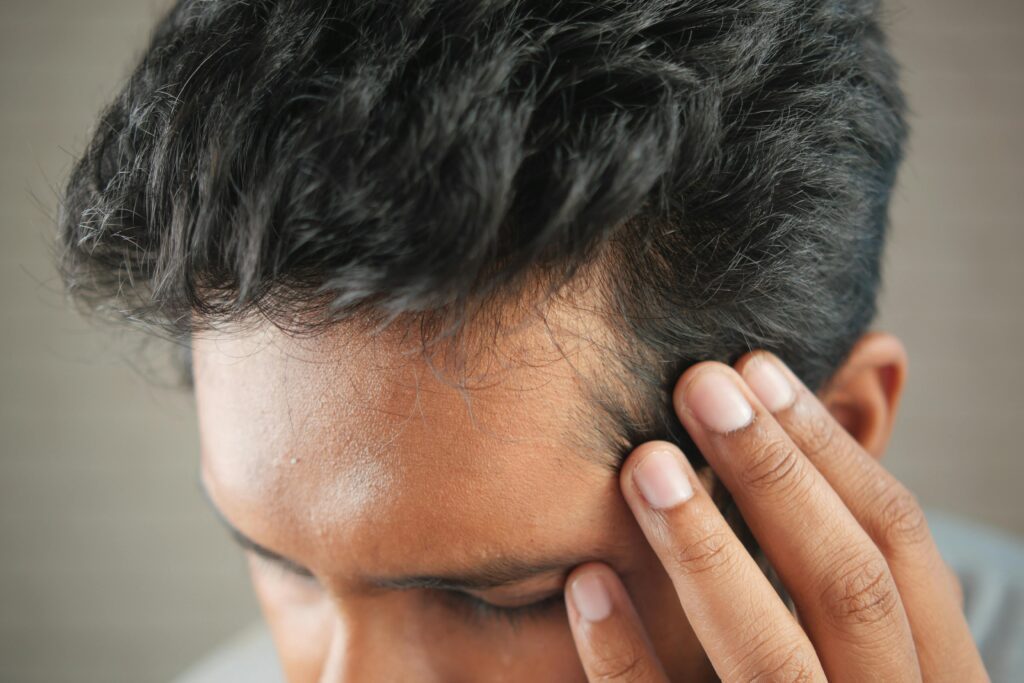Hair transplants provide men with a permanent solution to hair loss, achieving natural-looking results by transplanting hair follicles. If you’re thinking about this procedure, understanding the recovery process is essential. Here’s an in-depth guide on what to expect during your hair restoration journey.

Immediate Post-Surgery Phase
First Few Days: In the initial days after your hair transplant, you may experience some swelling and discomfort in both the donor and recipient areas. Your scalp might feel tight, and mild pain is common. Pain medication prescribed by your surgeon will help manage this. It’s also normal to see small scabs around the transplanted follicles during this time.
First Week: It’s crucial to follow your surgeon’s post-operative care instructions closely. Avoid strenuous activities to reduce blood flow to the scalp, sleep with your head elevated to minimize swelling, and gently wash your hair to keep the scalp clean without disturbing the grafts.
Two to Four Weeks Post-Procedure: By the end of the first week, swelling and discomfort typically subside. You might notice “shock loss,” where the newly transplanted hair sheds temporarily. This is a normal part of the follicles adjusting to their new location.
One to Three Months Post-Procedure: Hair follicles enter a resting phase during this period, resulting in minimal visible growth. Patience is crucial as the follicles prepare for new hair growth.
Three to Six Months Post-Procedure: Around three months post-surgery, new hair growth usually begins. Initially, the hair may be fine and thin, but it will gradually thicken and become fuller over the next few months.
Six to Twelve Months Post-Procedure: Hair continues to grow and thicken, achieving a natural density and coverage. By the end of the year, most patients see full results that blend seamlessly with their existing hair.
Long-Term Recovery and Maintenance
Even though hair transplants offer permanent results, maintaining healthy hair practices is essential:
- Follow Post-Operative Care: Sticking to your surgeon’s instructions ensures optimal recovery.
- Patience: Hair growth is gradual, and it may take up to a year to see the final results.
- Avoid Smoking and Alcohol: These substances can hinder healing and new hair growth.
- Nutrition and Hydration: A balanced diet and proper hydration support healing and hair health.
- Sun Protection: Protect your scalp from UV rays with hats or sunscreen.
Conclusion
Recovery times after a male hair transplant can vary, but understanding the timeline helps set realistic expectations for hair transplant recovery. Initial discomfort subsides quickly, but achieving the final results may take up to a year. With patience and proper care, you can optimize the benefits of your hair transplant and enjoy natural-looking hair for years to come.
For personalized guidance on your hair restoration journey, contact COVA Hair today. Click here for more information and to schedule a consultation.


